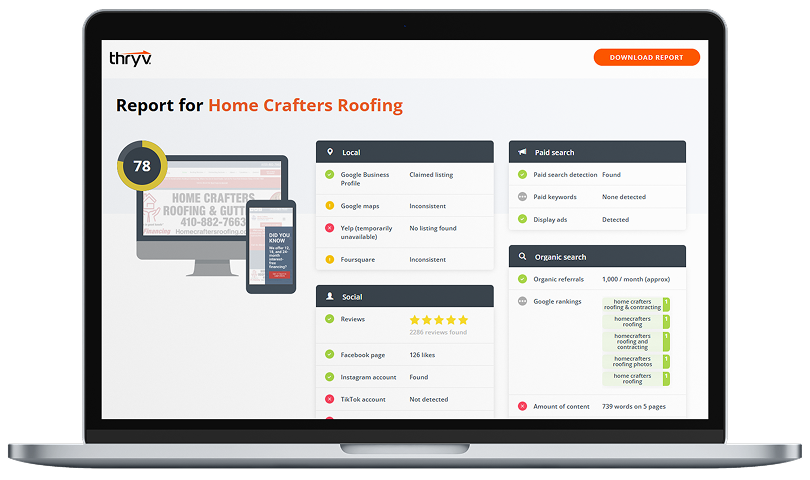The traditional identifiers that marketers use – age, gender, geography, and income – to target consumers may be in the throes of an interesting paradigm shift. According to a study conducted by MasterCard’s Digital Sharing and Trust Project, most consumers intentionally choose what information they reveal online, and they do this for specific reasons.
The survey revealed five online “persona” groupings, each reflecting how information is shared and the motivations behind that sharing. These profiles cover all demographics and, while there is some delineation along traditional lines, those have blurred – even to the point where they have little, if any, impact.
According to the MasterCard white paper, the study addressed questions such as, “Why do consumers want to share their data online? What do they expect to get out of such sharing? How do they manage the sharing of information?”
The categorization MasterCard devised was “based on behaviors, attitudes, and awareness regarding sharing personal information,” and revolved around consumer awareness of marketing and how it targets consumers, social networking habits, online shopping patterns, the understanding and use of mobile devices, active privacy management, and the willingness to reveal private information in return for deals and offers.
The persona are classified according to the willingness to share information, the reasons for sharing, and what is expected in return. The categories, and the percentage of online shoppers that they encompass, include:
Solely Shoppers – 21%
Open Sharers – 21%
Simply Interactors – 21%
Passive Users – 20%
Proactive Protectors – 17%
While each have their reasons for sharing or not sharing data, of particular interest are the first three groupings as they provide the greatest ROI potential for targeted marketing. They are technologically sound, have an active and frequent online presence, and, importantly, they understand the value of their digital data and are willing to share it if they know they are likely to receive something in return.
Comprising 63% of the market, they regularly use their laptops, tablets, smartphones, or desktops to gather product information, including pricing and discounts, and to make sure they are finding the best deals available. In addition, they actively respond to deals and rewards that are offered just for “checking in.”
MasterCard hails this as “good news for merchants [as they] have the opportunity to profile consumers based solely on their behaviors online. Careful observation of buying patterns, triangulated with other data sources, allows merchants to gain greater efficiency by tailoring offers to specific segments.”
Reference:
MasterCard. “Around the World in Five Personas: How Global Consumers Think About Their Data Online”; October, 2013.


